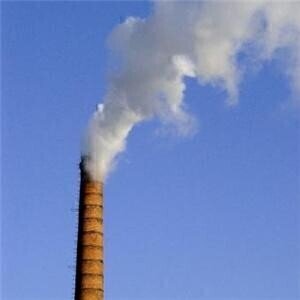Air Monitoring
Emissions from Oil and Gas Development in Residential Areas Could Be Detrimental to Human Health
Nov 13 2014
In a new study ‘Influence of oil and gas emissions on ambient atmospheric non-methane hydrocarbons in residential areas of Northeastern Colorado’ by Chelsea R. Thompson, Jacques Hueber, and Detlev Helmig; it has been found that concentrations of ambient atmospheric non-methane hydrocarbons (NMHC) present in residential areas located near wells in Erie, Colorado, are significantly higher than expected, (18 – 77 times greater than regional background), some of which are higher than those typically found in large urban centers.
As a result of increased oil and gas drilling in recent years due to hydraulic fracturing technologies, there are currently 25,000 active wells in the Denver-Julesburg Basin. This has raised public concerns pertaining to air and water quality, due to the negative effects of elevated levels of NMHC and potential for enhanced ozone production. Despite a tightening of emissions standards for the oil and gas industries in 2008, a comparison of data sets from previous years shows that ambient levels for oil and gas-related NMHC in Erie and further afield in Boulder have increased, while most cities in the US have experienced dropping hydrocarbon concentrations as a result of cleaner vehicle emissions and stricter industry regulations. Elevated levels of NMHC are of concern due to direct exposure from certain compounds, and also due to their role in photochemical ozone production. Northeastern Colorado has been exceeding the National Ozone Air Quality Study every year since being designated a non-attainment area in 2004; the Thompson et al. study adds to other recent work that has pointed out a significant contribution of oil and gas emissions to Colorado’s ozone problem.
The authors of this article note: ‘Benzene levels in both Platteville and Erie/Longmont could be detrimental to human health if chronic lifetime exposure should occur.’ This study presents highly significant new information as the State of Colorado aims to further tighten regulations. Although emissions per well may be decreasing, the increased number of wells in the region may negate the effects of these improvements.
In the next issue of IET (January/February) we interview Dr. Chelsea Thompson, lead scientist, as part of our AQE 2015 Preview issue.
Digital Edition
IET 34.2 March 2024
April 2024
Gas Detection - Biogas batch fermentation system for laboratory use with automatic gas analysis in real time Water/Wastewater - Upcycling sensors for sustainable nature management - Prist...
View all digital editions
Events
Apr 22 2024 Hannover, Germany
Apr 22 2024 Marrakech, Morroco
Apr 23 2024 Kuala Lumpur, Malaysia
Apr 23 2024 Kintex, South Korea
Apr 23 2024 Edmonton, AB, Canada


















